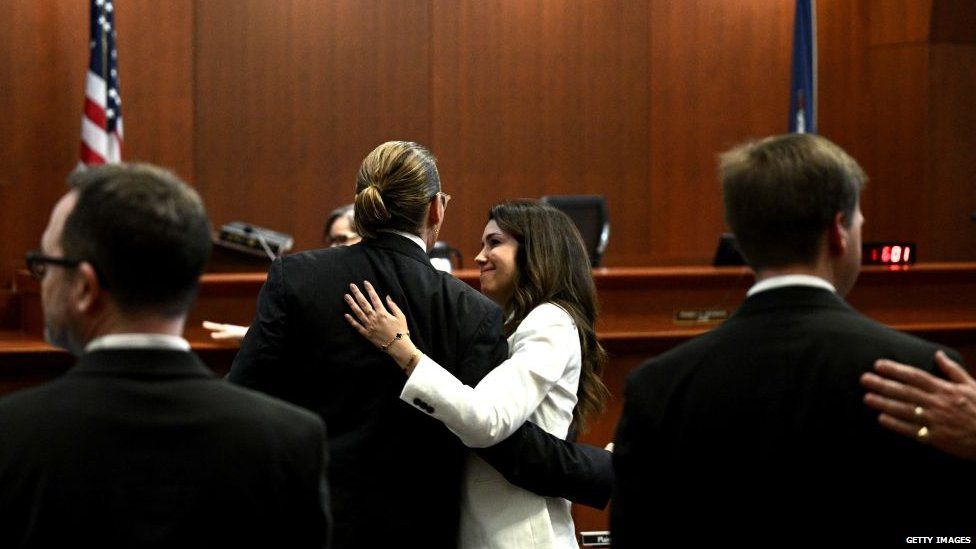Today we will provide information and reviews about The future of law: been there, done that, let’s do it better.
Read the following article to get more information.
As the saying goes, there is nothing new under the sun. What legal experts and thought leaders refer to as the “future of law” – from non-lawyer representation or non-lawyer ownership of form-based, assembly-line or virtual law firms and practices (for the record, all practices (virtuals do not follow this model)—are rooted in legacy models that dismiss the legal profession as unworkable or unacceptable to both lawyers and clients.
How do I know? Because it’s all documented in one of the most important books I’ve read this year on the future of law, Jerome Carlin’s Lawyers Alone. Ironically, a book that focuses on the past. Based on individual interviews with dozens of soloists, Carlin describes the practice conditions faced by soloists in Chicago in 1958. While much has changed since then, much has remained the same. But what is troubling is that many aspects of solo practice that have The improvements are ones that many legal futurists today confirm or seek to replicate.
For example, during the time Carlin was studying, lawyers faced competition from non-lawyers. In fact, at the time, non-lawyer-controlled business models (alternative business structures, or ABS in today’s parlance) were fairly common, albeit informally. Banks, not law firms, prepared most wills and handled estate planning directly in competition with lawyers. (Carlin, Chapter 2) Or, banks may perform legal work for lawyers – but only if the lawyer appoints the bank as executor – which may not be in the best interest of the client. I have seen no evidence that more people had wills in 1958 than today or that they were better served by bank-controlled lawyers. Today, however, we are told by lawyers to ditch the “old” in favor of the older.
Likewise, many of yesterday’s solos dealt with unseparated issues. In fact, there was a separate set of personal injury lawyers who did nothing but negotiate with insurance companies, filing claims but never taking cases to court. When trials could not be avoided, these attorneys referred work to more reputable firms, but mostly never took the work to begin with. Likewise, many solos did volume work such as sets, which mainly involved filling in and out of various forms. (Carlin, ch. 2) At the time, however, soloists who managed these types of issues were considered bottom feeders—and they longed for the day when they could graduate to a more luxurious practice. But just like putting lipstick on a pig doesn’t make it a princess, applying form-based methods using technology or rebranding volume as virtual exercises doesn’t change the fact that many jobs are inherently penny-pinching. They are assembled. Line works that by themselves may not necessarily be financially viable.
But let’s forget about lawyers for a minute. What about customers? Aren’t they better served by lower-cost legal startups that keep themselves on access to justice? no really. Carlin’s underpowered solos were operating at marginal, subsistence levels, leading to greater problems for clients. According to Carlin, soloists fresh out of school struggled and earned about $2,500 to $3,000 in their first few years of schooling (Carlin Ch. 1). In today’s dollars, that’s about $18,000 a year, an even smaller factor in student loans. When lawyers run into trouble, they fall short even more—or use shady tactics like bribes to get good results or attract new cases (Carlin’s Use of Runners and Bribes to Employees and Resources describes the reference as usual). It doesn’t take a genius to figure out how this works (or rather, doesn’t work) for customers. However, we do endorse models such as bidding platforms that force lawyers to work for a living wage (I know I’ve suggested that some of these low-cost models might work, if only because, as opposed to some (Limited or recommended sites, $99 an hour is almost a fortune in comparison.)
However, at least in 1958, at least we lawyers wanted more for ourselves and our clients. Carlin (though not a lawyer himself) was outraged by the conditions he was witnessing. Carlin blamed the upper echelons of the legal profession for a “gentleman’s agreement” in which Bigelaw turned a blind eye to the unethical dealings of warring parties, as long as the desperadoes did not try to infiltrate or undermine the gentleman’s practice. Today’s white shoe world, we have lost all sense of shame. Instead of pretending that unequal access to justice is a big problem, we promote and celebrate a two-tier system where low- and middle-income clients can get substandard services through cheap form-filling intermediaries. Like Legal Zoom, get non-lawyers. Investments and bidding and auction sites (again, I’m not suggesting that DIY or trade-in options are always problematic, but there are cases where a lawyer is preferred) and worse, even if we settle for providing the consumer with minimums. Tier clients, deep-pocketed businesses are taking advantage of the technology with more sophisticated tools like predictive coding, smart legal research, and advanced contract automation.
Forty-five years later, we can and must do better. Yes, technology can save us, but only if we use it as a means to improve access to justice, not as an end. Unlike the hard-working soloists of the Carlin era, today’s small and sole proprietorship lawyers have the technology to improve the quality of service we provide to clients. Technology in the form of practice management tools, electronic filing, and cost-effective legal research enables us to provide specialized, customized services and compete in high-end markets that Carlin-era soloists only dreamed of entering. Technology can also help us educate our customers and enable them to find us online as long as we retain control of the message rather than outsourcing our marketing. As sole proprietorships and small firms find stronger financial footing and move from survival to prosperity, we have the luxury of using these resources to either do more professional work or to outsource or delegate smaller matters to newer attorneys who can Take care of them under our supervision. Eye With the cloud, we small firm and sole proprietorship attorneys can consider our practices fully mobile and develop business models that don’t remove us from the equation, but instead allow us to engage directly with the clients we intend to serve. We have, wherever possible to meet. to be.
As we head into 2013, let’s put our customers to the litmus test to see if a new techno model will be scrutinized. Are non-lawyer business models or automated forms as substitutes (rather than supplements) for lawyers really reinventing the law or just repackaging failed business models? When we use technology to eliminate the need for lawyers, instead of making their services more accessible and affordable, are we disrupting the law or making our justice system ineffective? When we steer members of society away from the patronage and attorney-client relationships available to the wealthy and instead treat them as mass-market consumers, are we expanding access to justice or simply giving it up?
In the decade I’ve been blogging here, I’ve seen small firm and solo attorneys finally evolve away from the bleak picture that Carlin paints. A world full of volume practices, non-lawyer investments and pay to play. We’ve been there, done that. Let’s make sure the next chapter in our career’s history is better than where we’ve been. Happy New Years everyone and I’ll see you all on the other side!


